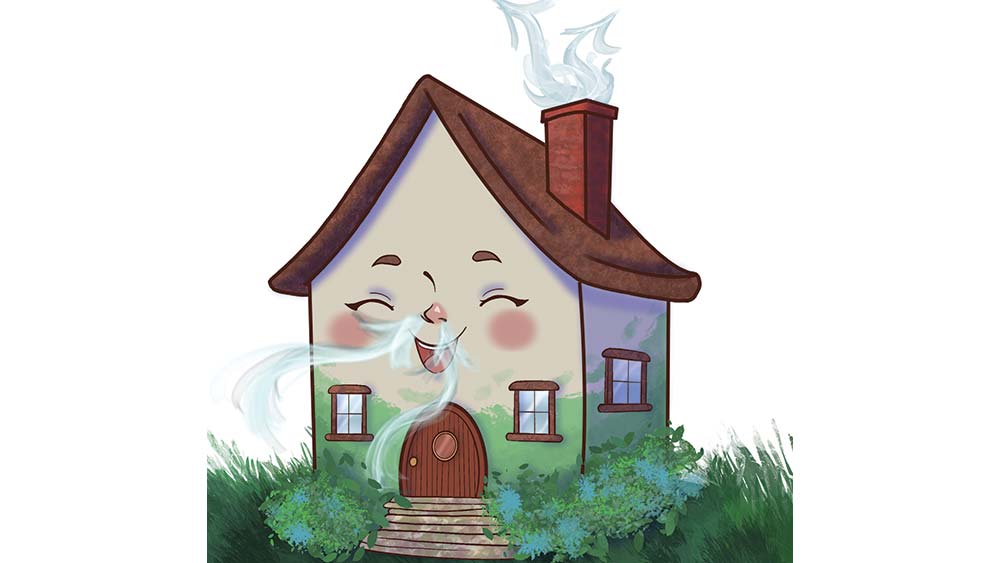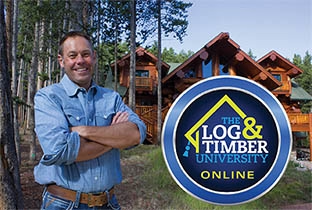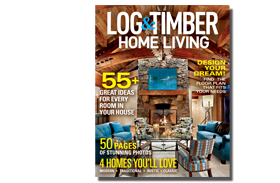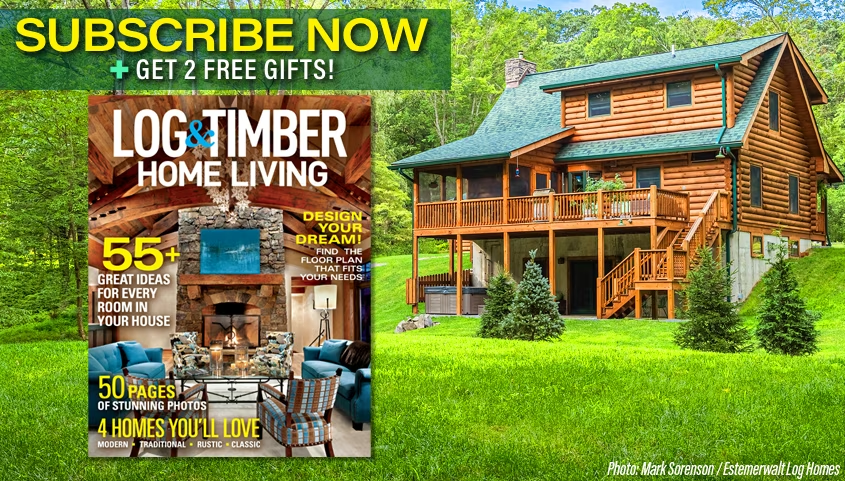
Are we cozy or cool at a cost? Modern building materials, methods and codes have led to energy efficiency in the form of virtually airtight homes. While this is fantastic news for the planet and homeowners’ wallets alike, it can come at the cost of indoor-air quality.
The tighter the home, the more restricted the exchange of air from inside to out and vice versa. This stale air may lead to unhealthy concentrations of dust, allergens such as pollen or pet dander, mold, tobacco smoke, fumes from cleaning chemicals or cooking, and even harmful radon gas that might enter from surrounding rock or soil. A house needs to breathe as much as we do.
The solution? Energy recovery ventilators (ERV) and heat recovery ventilators (HRV). These air exchange systems keep indoor air healthy by providing a continuous supply of air to the home and removing stale, potentially unhealthy air through exhaust.
Both systems recover energy, so the right choice for your project is dictated largely by climate. A professional can help you weigh the pros and cons of each for your exact location, but humid locales often benefit from an ERV, which can control moisture, whereas drier climates may benefit from an HRV, which helps retain moisture.
Combining log and timber frame construction with these systems establishes a frontline defense against unhealthy indoor air. For today and for the future, investing in the quality of indoor air means also investing in the quality of life.











